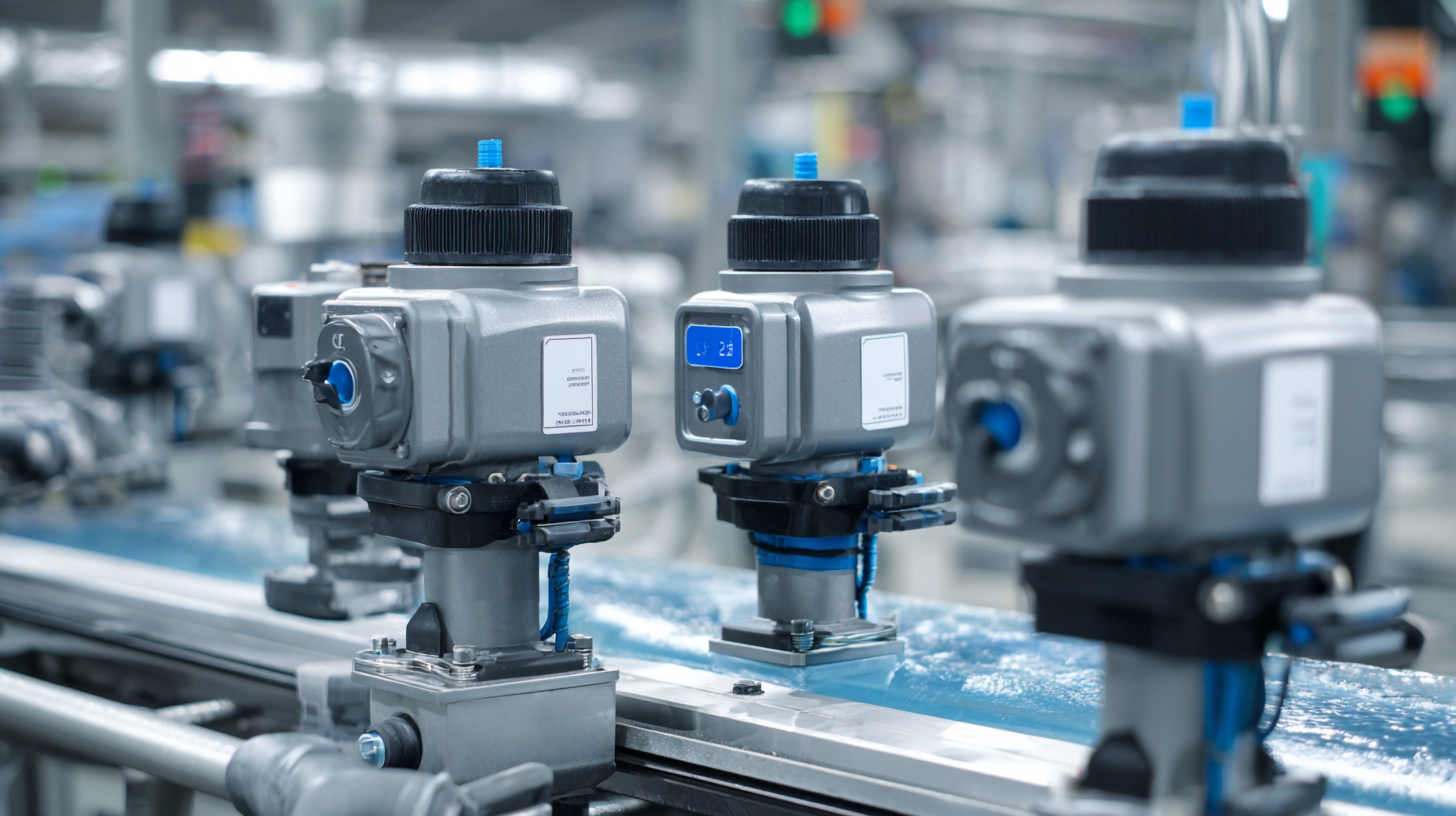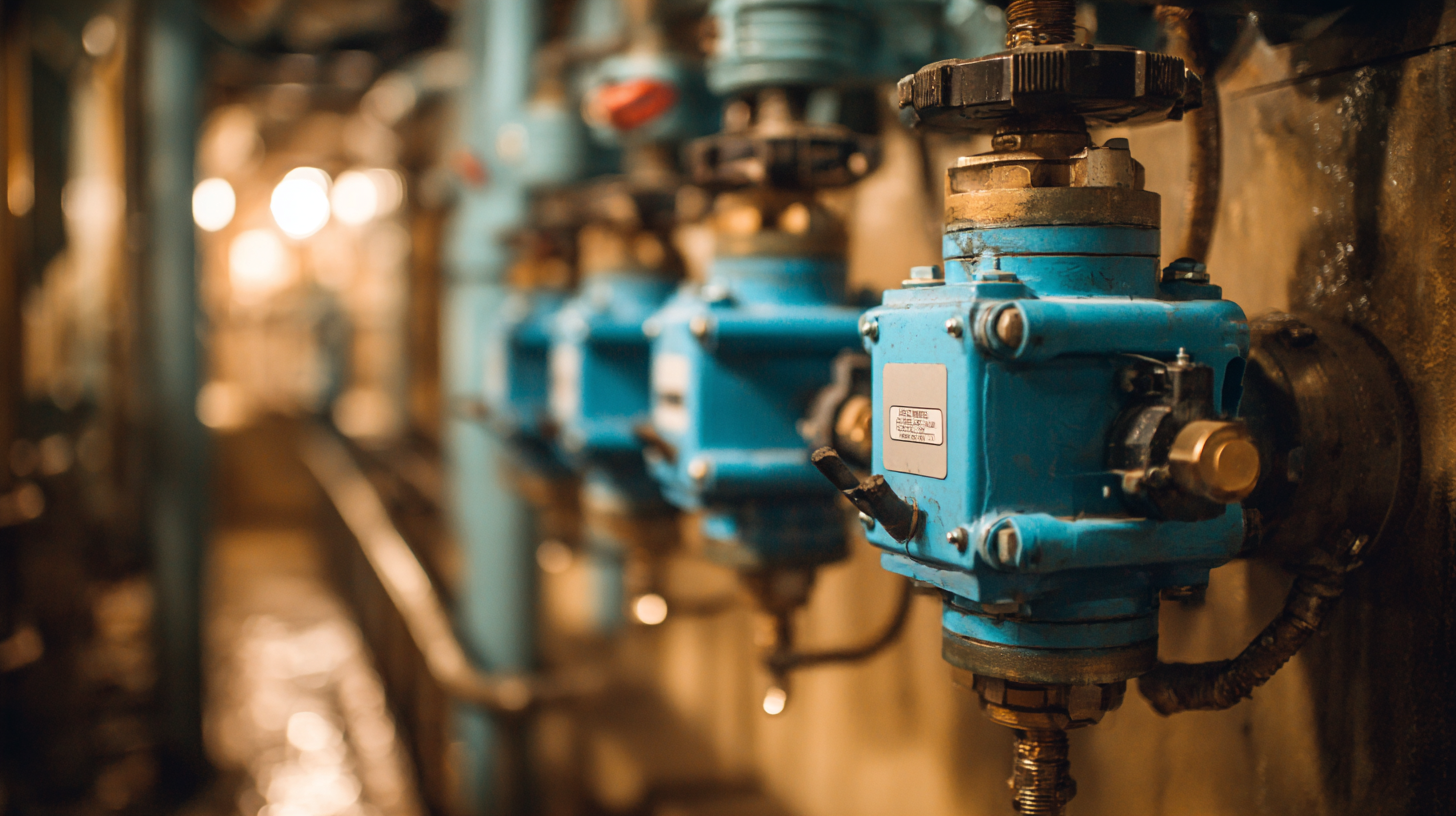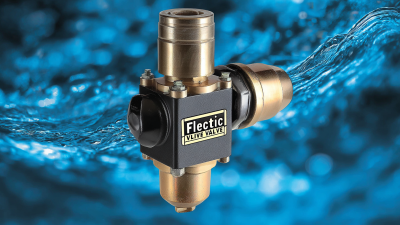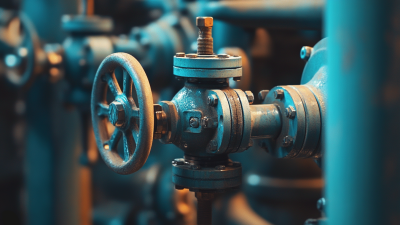
-
Home
-
Products
-
About Us
-
Application Cases
-
CLIENT & FACTORY
-
Test
-
News
-
Contact Us
Leave Your Message

Electric Float Valves are essential components widely used in various industries, including water treatment, irrigation, and manufacturing. According to a recent report by MarketsandMarkets, the global float valve market is projected to reach $1.2 billion by 2025, reflecting a compound annual growth rate (CAGR) of 5.3% from 2020. This growth is driven by the increasing demand for efficient water management systems and automation technologies. Understanding the mechanism and functionality of Electric Float Valves is crucial for both beginners and seasoned professionals alike, as these devices play a vital role in maintaining fluid levels and ensuring system reliability. This comprehensive guide aims to demystify the workings of Electric Float Valves, providing insights into their design, operation, and applications, while also sharing practical tips for optimizing their performance in various settings.

Electric float valves are essential components in automated water management systems, serving to maintain fluid levels through electrical means. A beginner's understanding of the various types of electric float valves can enhance decision-making for irrigation or other fluid management applications.
There are several main types of electric float valves, including mechanical ball float valves and electronic float switches. The mechanical varieties are often used for basic applications due to their simplicity and reliability, offering a straightforward solution without the complexity of electronic components.
On the other hand, electronic float switches provide more advanced features such as programmable settings and remote monitoring, making them ideal for sophisticated systems like automated irrigation setups. According to industry reports, electric float valves can improve water conservation by up to 30% when integrated into irrigation systems.
Moreover, the choice of an electric float valve can significantly impact operational efficiency. Research highlights that selecting the right valve in agricultural contexts can lead to better water distribution and lower operational costs, making it vital for beginners to understand these options. Whether opting for a basic mechanical design or a more complex electronic model, recognizing the types available allows for better alignment with specific needs and environments.
Electric float valves are essential components in various applications, managing the flow of fluids automatically. The core mechanism operates based on a float that rises and falls with the fluid level. As the float ascends, it activates a switch, which opens or closes the valve, regulating the fluid supply. Key components include the float itself, a valve body, and an actuator. The actuator is often connected to an electric source, allowing for remote control and precise management of water levels in tanks or reservoirs.
When selecting an electric float valve, consider the size of the tank and the flow rate. Make sure the float material is compatible with the fluid to avoid corrosion issues. Keep in mind that regular maintenance is essential to ensure that the floats are free from debris, allowing them to move freely.
For optimal performance, it’s beneficial to install filters before the valve to catch any particles that might interfere with its operation. Additionally, testing the system periodically can help catch any faults before they lead to significant issues. By understanding these key components and tips, beginners can effectively manage their applications using electric float valves.
When it comes to installing electric float valves, understanding their functionality is essential for a successful setup. The first step is to ensure that the power supply aligns with the voltage requirements of the valve; typically, these valves operate at 12V or 24V DC. Recent industry reports indicate that properly matching the power supply can enhance performance by up to 30%, preventing issues like overheating or underperformance. Once the power supply is confirmed, position the float valve at the desired water level in your tank, ensuring it is securely mounted to avoid any movement or misalignment during operation.
Next, connect the valve to the appropriate water supply line. It's advised to use high-quality, durable fittings to prevent leaks, which can lead to inefficiencies and increased maintenance costs. Industry statistics show that leaks can account for up to 30% of water loss in residential systems, emphasizing the importance of a secure connection. After securing the lines, calibrate the float mechanism to ensure it opens and closes at the correct levels. This step is crucial, as a well-calibrated valve can improve system reliability and longevity, with some manufacturers reporting a lifespan increase of over 50% when proper installation techniques are followed.
Electric float valves are essential components in numerous industries due to their efficiency and reliability in fluid control. In the water treatment sector, these valves play a crucial role in maintaining optimal water levels in tanks. According to a report by Grand View Research, the global water and wastewater management market is projected to reach $700 billion by 2028, largely driven by innovations in automation and control systems, including electric float valves. These devices ensure consistent water levels, reduce overflow risks, and contribute to energy savings by minimizing the need for manual monitoring.

In the agricultural industry, electric float valves find significant applications in irrigation systems. A study published by the American Society of Agricultural and Biological Engineers indicated that automated irrigation systems could enhance water use efficiency by up to 30% compared to traditional methods. By utilizing electric float valves, farmers can maintain desired water levels in reservoirs and reduce labor costs, especially during peak seasons. Their ability to control water supply directly impacts crop yields and resource management, making them indispensable for modern agricultural practices.
 Electric float valves are essential components in many systems, regulating the flow of liquids based on their levels. However, troubleshooting common issues with these valves can be a bit daunting for beginners. If you encounter problems like the valve not closing or leaking, it's essential to first check the power supply and ensure that the connections are secure.
Loose or damaged wires can interrupt the operation of the valve.
Electric float valves are essential components in many systems, regulating the flow of liquids based on their levels. However, troubleshooting common issues with these valves can be a bit daunting for beginners. If you encounter problems like the valve not closing or leaking, it's essential to first check the power supply and ensure that the connections are secure.
Loose or damaged wires can interrupt the operation of the valve.
Tips: Always inspect the float mechanism for any obstructions or dirt buildup. Cleaning the float can often resolve issues related to incorrect liquid levels. Additionally, ensure that the valve is not installed in an area prone to vibrations, as constant movement can lead to malfunction over time.
Another common problem is improper calibration, which can lead to overfilling or underfilling. Verifying the valve settings and making minor adjustments can ensure optimal performance. Remember to consult the manufacturer’s guide for specific troubleshooting steps tailored to your particular model, as each might have unique features and requirements. Proper maintenance and periodic checks will prolong the lifespan of your electric float valves and ensure they operate smoothly.





